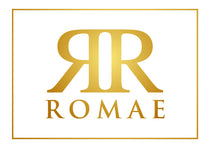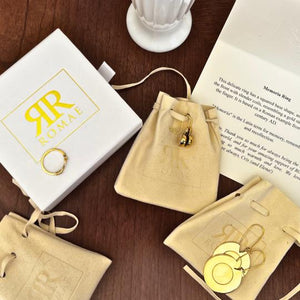Aesop's Fables Wolf Medallion
Aesop’s classic fable "The Wolf and the Dog" recounts the day when a lean and hungry Wolf met a well-fed Dog. The Dog invited the Wolf to share in his comfortable life, full of food and shelter. Curious, the Wolf asked how the Dog managed to live so well. The Dog explained that he belonged to a master who fed him, cared for him, and allowed him to rest—but in return, he wore a collar and had to obey commands. The Wolf considered the trade-off and decided he preferred his freedom, even if it meant hunger and hardship, rather than the comfort that came with servitude. This clever tale reminds us that true freedom is often more valuable than comfort or security. Our medallion captures the story’s charm and wisdom, as well as its important message: The back features the Greek word ΕΛΕΥΘΕΡΙΑ, or "freedom," which is the essence of the moral of Aesop's tale.
Our medallion is based on an ancient Roman coin from around 77 BC, minted in Rome. It is a silver denarius that was minted by a man named Publius Satrienus. The obverse or front of the coin features the head of the Roma, facing the viewer's right. The reverse or back of the coin features the Roman she-wolf walking left. Above her is the word ROMA ("Rome"), and below her, in the exergue, appears the man's name, P. SATRIENUS.
During the period of the Republic, the triumviri monetales were the magistrates officially responsible for minting coins for Rome. Publius Satrienus was likely one such mint official who held the position in the year 77 BC. Little else is known about him other than the popular Wolf coins that he minted. In fact, he is known only through the coins! His family, the gens Satriena, was otherwise obscure.
Ancient cities often featured symbolic animals on their coins. In Rome's case, the choice was easy, as the she-wolf was the symbol of the city. The animal was a reference to the legend of Romulus and Remus; the foundation legend of the city! According to the legend, a she-wolf found the abandoned babies Romulus and Remus, whose basket had washed up onto the banks of the Tiber river on the lower slopes of the Palatine Hill. She brought them to her cave, gave them milk, and saved their lives. Romulus eventually went on to found the city of Rome. The story was beloved by later Romans, and the she-wolf became the symbol of the city. The wolf imagery on this coin not only underscores Rome's mythic origins but also likely served to reinforce civic pride and identity during a period of political turbulence following the Social War.
Our medallion may be worn as a necklace or a bracelet. It comes with a 22" brown leather cord, as well as your choice of a children's or adult's translated version of a book of Aesop's Fables.







